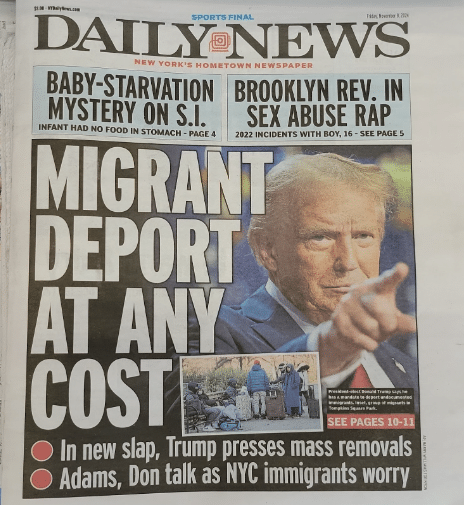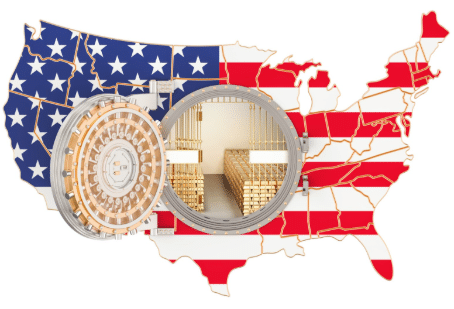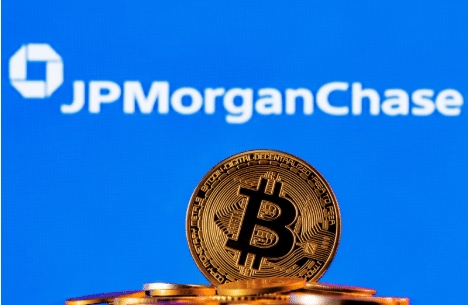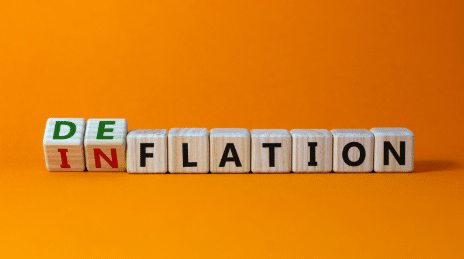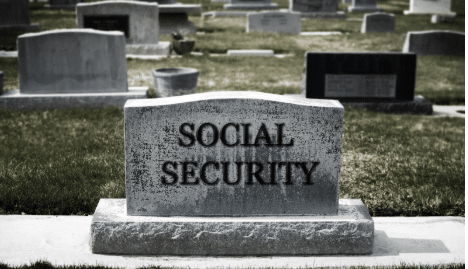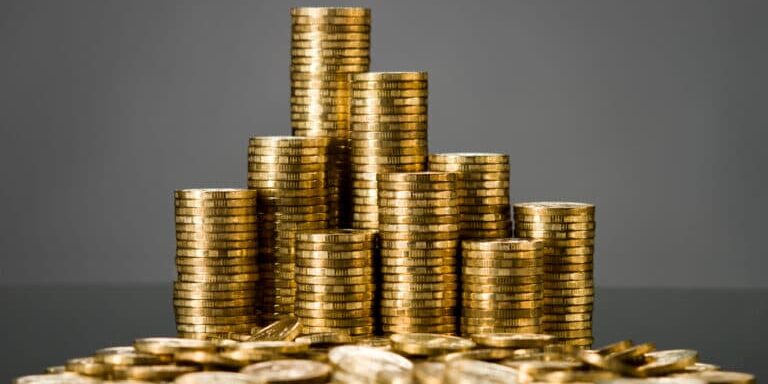
Exposing The Perilous Game Of Fractional Reserve Banking
EDITOR'S NOTE: Banking, an industry that thrives on obfuscation and convoluted practices, conceals a dangerous truth at its very core: fractional-reserve banking. This reckless and inherently flawed system, responsible for countless bank failures and economic catastrophes, masquerades as the bedrock of modern finance. This brutally honest and unapologetic critique rips away the veil of deceit surrounding fractional-reserve banking, exposing the disastrous consequences and sheer incompetence that this ill-conceived practice inflicts on economies worldwide. In short, here’s how the financial system actively gambles your assets while maintaining the illusion of stability.
Drug addicts suffer major withdrawal symptoms when they go cold turkey. In the case of high-tech startups and their banks (like Silicon Valley Bank), the super-low-interest-rate stimulant has been taken away by the drug dealer (the Fed) via interest rate hikes. With cheap credit drying up, firms switched to pulling cash out of SVB, all while the same interest rate increases caused the value of SVB’s assets to fall. SVB’s balance sheet couldn’t handle the fast withdrawals, which became a classic, self-propagating, panicky bank run, and the simultaneous fall in value of its liquid assets.
When banks practice this kind of maturity mismatch—potentially immediate-term liabilities (deposits) backed by long-term assets (loans and Treasury securities), it is called “fractional reserve banking.”
The failure of SVB and other recent bank crises have reignited the debate over fractional reserve banking. While Austrian economists across the board are critical of central banking and government manipulation of the money supply and interest rates, there are differences of opinion on fractional reserve banking. Murray Rothbard was firmly against the practice for both economic and ethical reasons; however, “fractional reserve free bankers” (FRFB) like George Selgin and Larry White have written extensively about how fractional reserve banking per se does not make for an inherently unstable banking system and does not cause business cycles. The FRFB position is that the business cycles and instability are caused by government interference, primarily via central bank monetary policy.
To understand how fractional reserve banks operate, we first need to make a distinction between warehouse banking and loan banking. Warehouse banking refers to the way banks accept deposits and act on instructions from the depositor to send or withdraw money at par on demand. In warehouse banking, there is no multiplication of deposits or creation of credit—the bank simply stores, or “warehouses,” depositors’ cash. Importantly, depositors have to pay a fee for this service at warehousing banks.
Loan banking refers to the way banks can act as financial intermediaries. A bank customer can purchase a certificate of deposit or other time deposit that, importantly, represents a parting with funds. The customer cannot access these funds for spending or withdrawing. The bank uses these funds to extend loans. The interest earned on these loans is shared (according to the contract) between the bank, which administered and intermediated, and the customer, who relinquished the money. Here, there is also no multiplication of deposits, expansion of the money supply, or creation of credit ex nihilo.
The issues with fractional reserve banking come from combining these two functions: warehouse banking and loan banking. Banks combine these functions by using demand deposits (which depositors can withdraw at par on demand) as a basis for extending loans. Hopefully, the potential problems with this are obvious: What if depositors request more money than the bank has on hand, due to the fact that not all deposits have matching cash reserves, but instead are backed by long-term loans?
This is exactly what happened to SVB. Depositors wanted to withdraw more cash than the bank had in reserves. SVB had used depositors’ funds to purchase Treasury securities and mortgage-backed securities, and to extend loans to high-tech firms. SVB might have had less foresight than other banks, but it is important to note that all banks do this sort of thing. No bank keeps 100 percent reserves—no bank keeps its warehousing and intermediation functions separate. In fact, in 2017 the Federal Reserve blocked a new bank that intended to be such a safe haven for depositors.
The repeated bank runs and associated financial crises caused by fractional reserve banking have led to the creation of central banking, government deposit insurance, a multitude of bank regulations, and a host of agencies to design and enforce these regulations. It’s worth pointing out, however, that if the government simply ignored bank runs, then the standard mechanisms of profit and loss would be at work. Banks would fail in the same way other private businesses fail. Potential bank customers would avoid unsound banks and flock to sound banks according to their own preferences and expectations. This prospect leads the FRFB crowd to conclude that fractional reserve banking per se isn’t a problem—it is the moral hazard and money creation by the government that causes all the problems.
In my view, the debates over the sustainability and ethics of fractional reserve banking suffer from poorly defined terms. If a deposit is defined as “redeemable at par on demand,” then that constitutes a promise by the bank to have the funds available at par on demand, meaning no loans are purchased with those funds. If a contract stipulates that the bank will offer accounts for which deposits are defined as such but then uses the funds to provide loans, then the bank is in breach of contract. If, however, the bank and the customer agree on a looser definition of the term “deposit,” such that deposits are not always redeemable at par, or are redeemable at par but sometimes with a delay, then that is their prerogative. It seems to me that such an arrangement is more properly called an “unsecured callable loan” and that if these coexisted with true, fully backed deposits on the market, the callable loans would trade at a discount against the fully backed deposits.
I also think that the debates over the sustainability and ethics of FRFB are less important than the economic consequences of fractional reserve banking. No matter what the fine print in a deposit agreement says (and the language is not standard, by the way), if depositors view their checking account balances as one-to-one money substitutes, then prices and spending patterns will reflect the depositors’ own net worth calculations and expectations of disposable income. If a bank expands credit on top of that via fractional reserve banking, then the supply of credit and interest rates no longer reflect the depositors’ underlying real savings and rates of time preference. This wedge is what triggers the boom-bust cycle.
This brings us back to the addict analogy. Suppose an addict had the ability to magically create, ex nihilo, his own stimulating drug, as fractional reserve banks can do with money and credit. Suppose that the negative side effects of using the drug could be spread to all other members of society, as central banks and government deposit insurance allow for fractional reserve banks. Would you expect moderation? Would you expect healthy outcomes? Or would you expect an endless cycle of highs and crashes?
Originally published by: Dr. Jonathan Newman on Mises Institute
The financial market is crumbling and EVERYONE will be affected. Only those who know what's going on and PREPARE will survive... dare we say thrive. Our 7 Simple Action Items to Protect Your Bank Account will give you the tools you need to make informed decisions to protect yourself and the ones you love.



